Devotion – Part 4: Italy
Chapter 14: Venice – The City – two of two
A short distance from the San Zaccaria ferry terminal near the Piazza San Marco, in the historic center of Venice, is the small island of San Giorgio Maggiore, located south of the main island group that makes up Venice. After the foundation of Venice the island was called Insula Memmia after the Memmo family who owned it. By 829 the island had a church consecrated to Saint George, after which the island was called San Giorgio Maggiore. In 982 Benedictine monk Giovanni Morosini asked the doge Tribuno Memmo to donate the island to become a monastery. Tribuno Memmo was the 25th doge of Venice; he served from 979 until 991. A “doge” was an elected lord and chief of state in several Italian city-states, notably Venice and Genoa, during the Medieval and Renaissance periods. Such states are referred to as “crowned republics.”
The doge agreed and Morosini became the first abbot of the Monastery of Saint George.
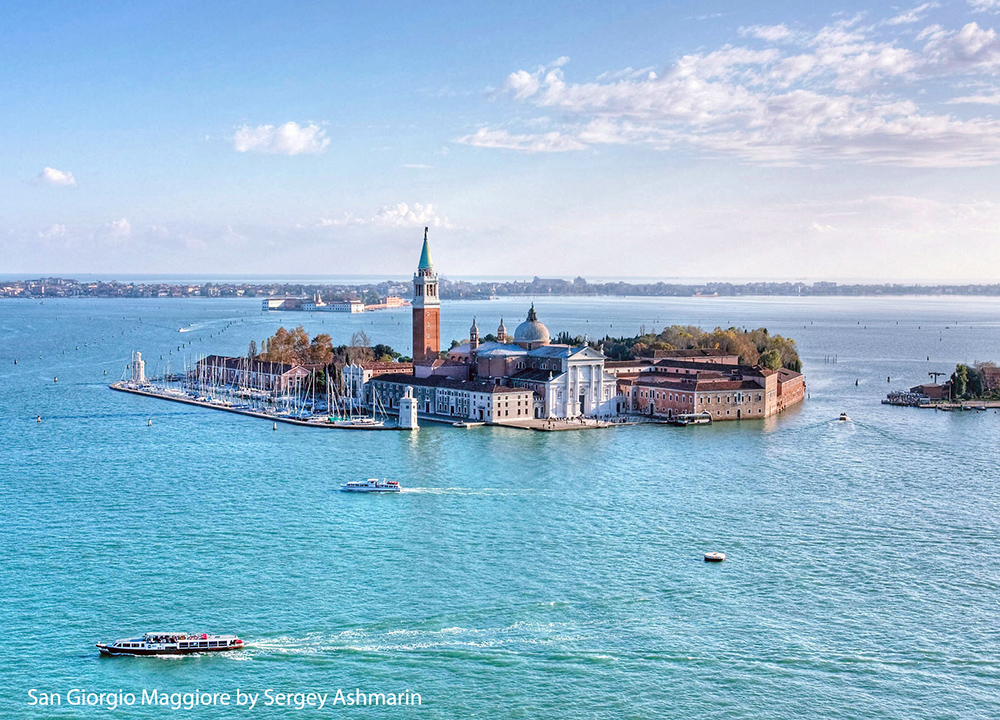
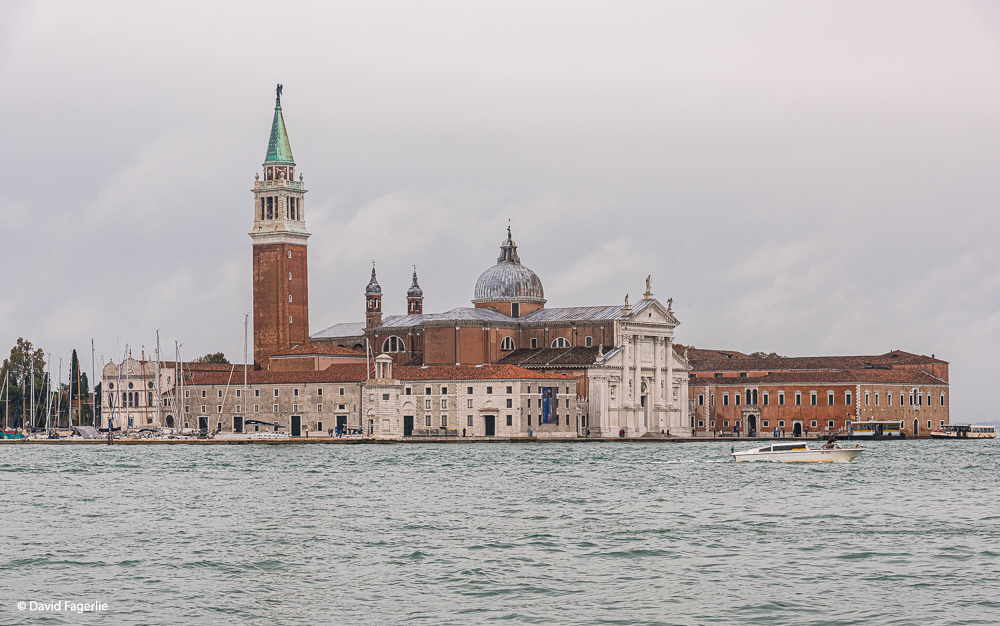
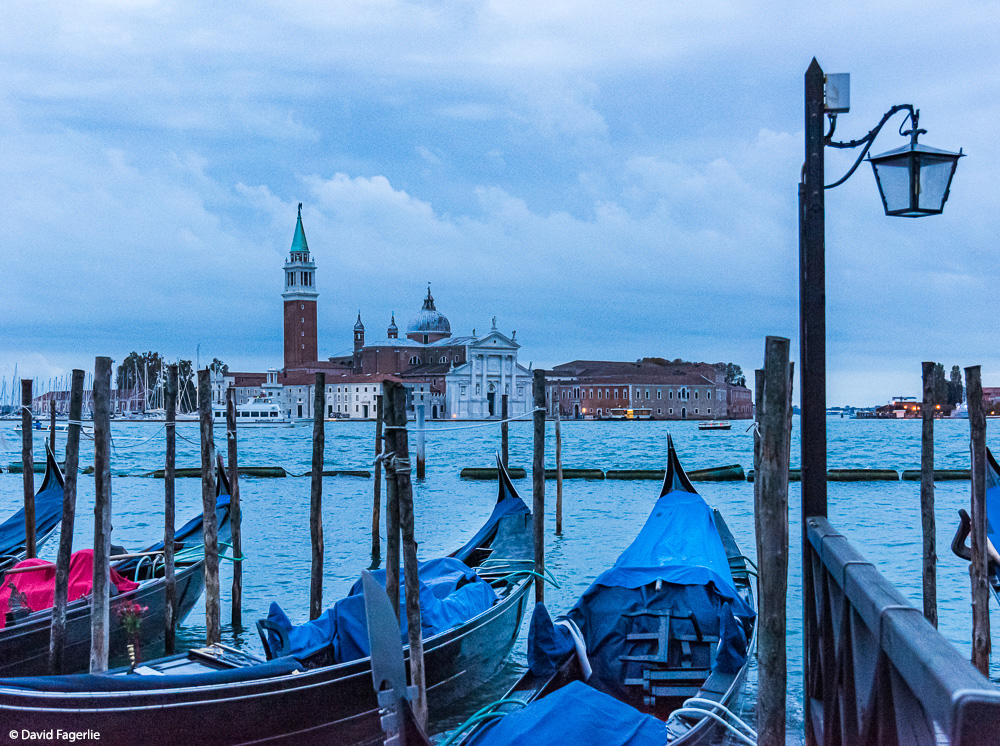
It is a sort distance from San Giorgio Maggiore across the San Marco Canal to Piazza San Marco. Still, there is enough width and depth to accommodate cruise ships. Seeing a ship pass through the channel was surreal.
Over-tourism, in part caused by cruise ships, is a serious problem for Venice. In 2019 the Venice city government was considering charging a tourism tax of €2.50-to-€5 per person per day, which could increase to €10 in the peak summer months.
“The historic city, which has a population of 50,000 citizens, attracts around 25 to 30 million foreign visitors per year, according to the Italian tourist bureau. Less than a third of them stay overnight in Venice. The tax will target these kinds of tourists, many of whom arrive on cruise ships, which flock to the canal city year-round. According to Statista, 1.4 million cruise passengers on hundreds of ships came to Venice in 2017.” – artnet news
Some estimates suggest Venice could have 55 million tourists annually within a decade or two. This has created controversy within the citizenry. Currently, the population of Venice’s historic district is about 50,000. The population exceeded 110,000 years ago; but, as people move or die they are not being replaced. The district is too expensive for younger/early-career people; so, the current population skews older and is primarily people that have lived in Venice for decades. Residents don’t want more tourists overwhelming an already overwhelmed city. Business owners see revenue increases and prefer the city find a way to accommodate more tourists.
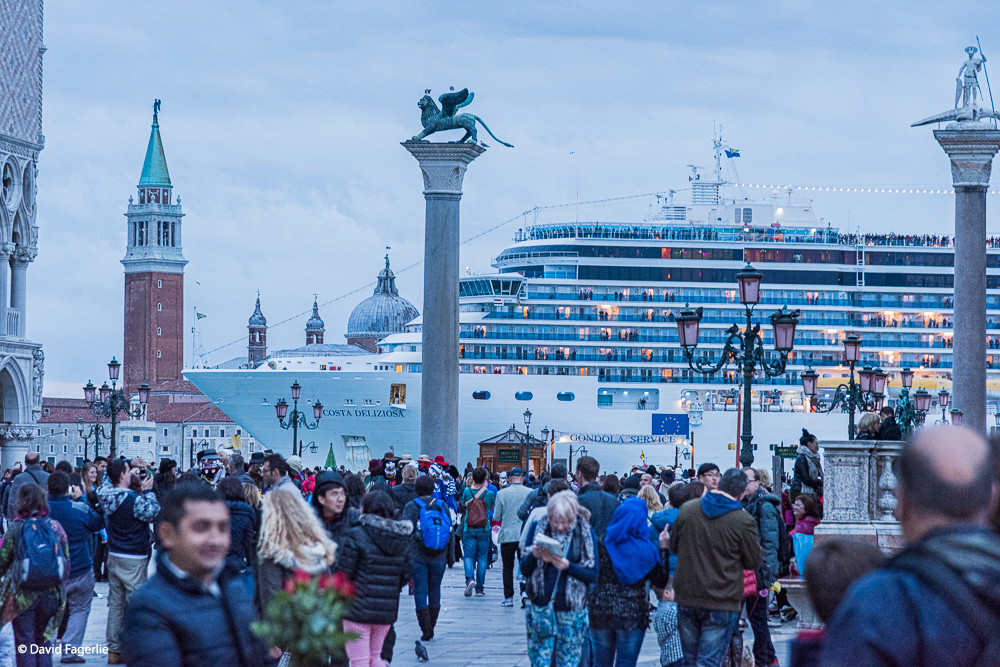
A related issue is garbage. Where does it all go? Garbage collection is an interesting system of green motored barges with lifts that attache to bins. When dropped into place, the bottom of a bin opens and contents drop into the barge.
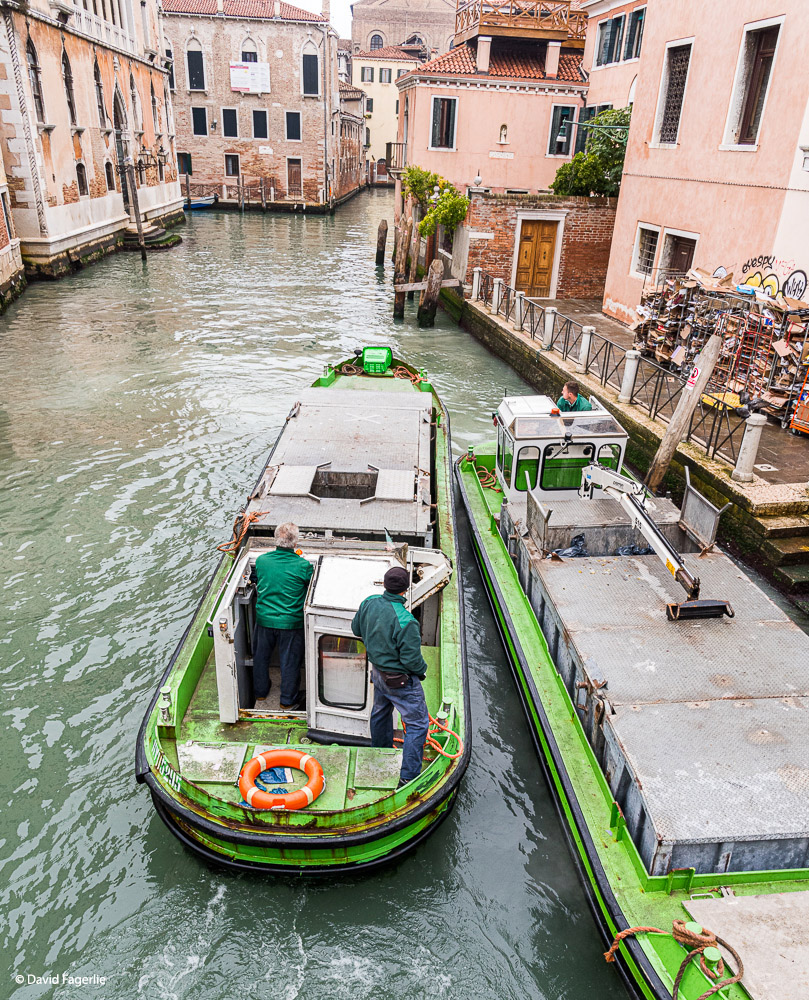
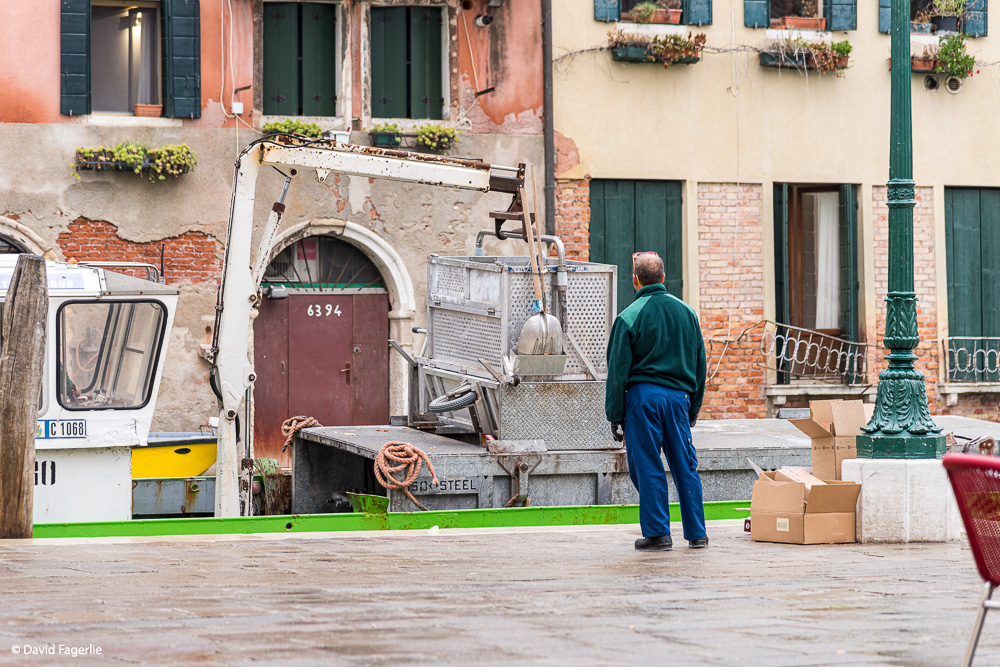
Nonetheless, Venice is a fascinating city to visit.
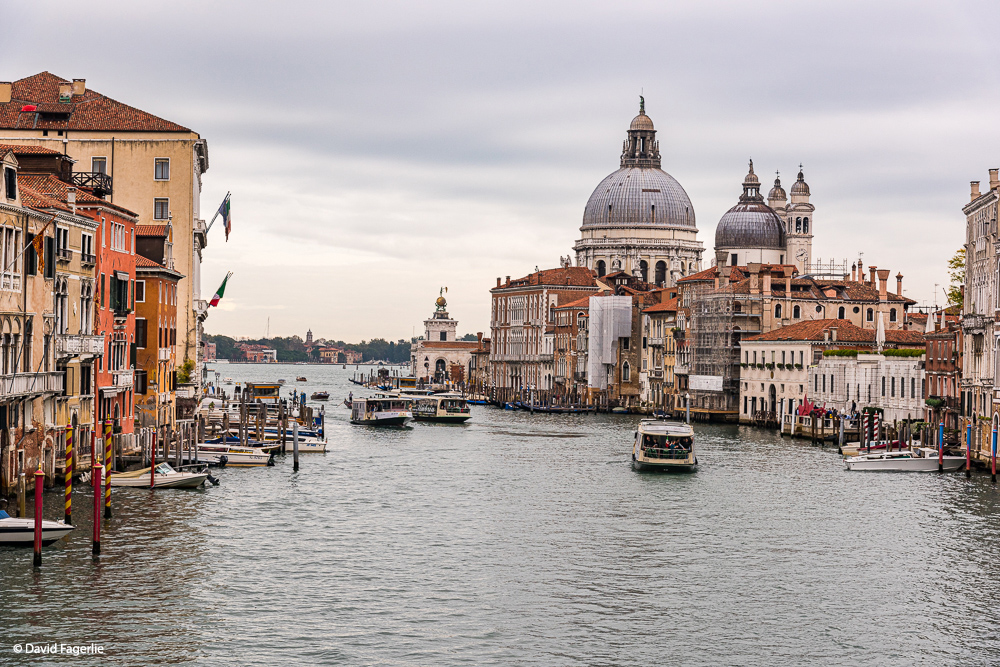
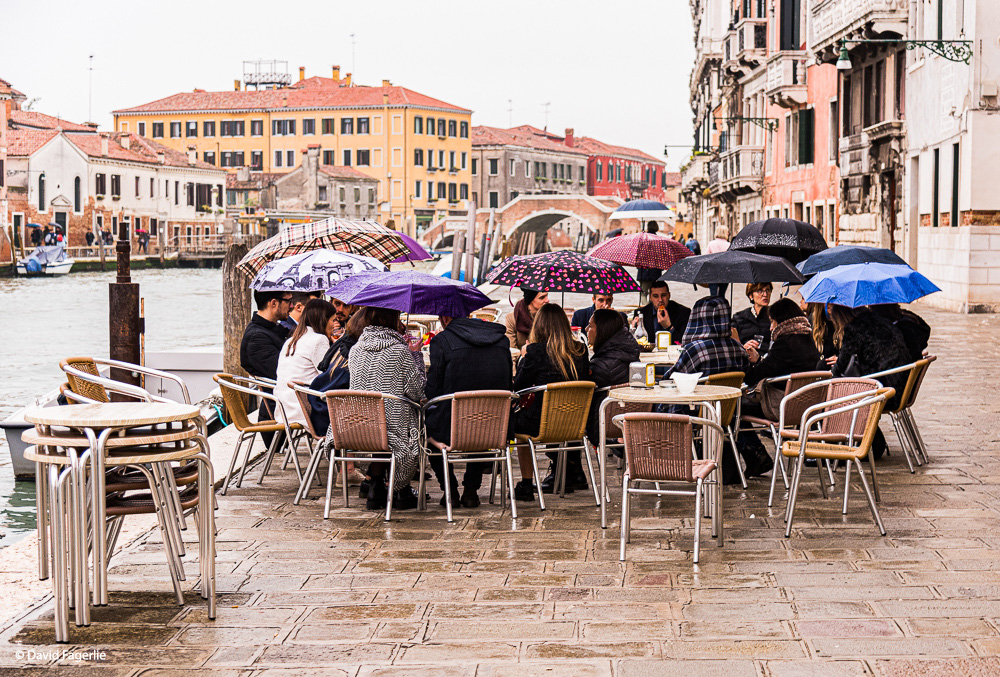
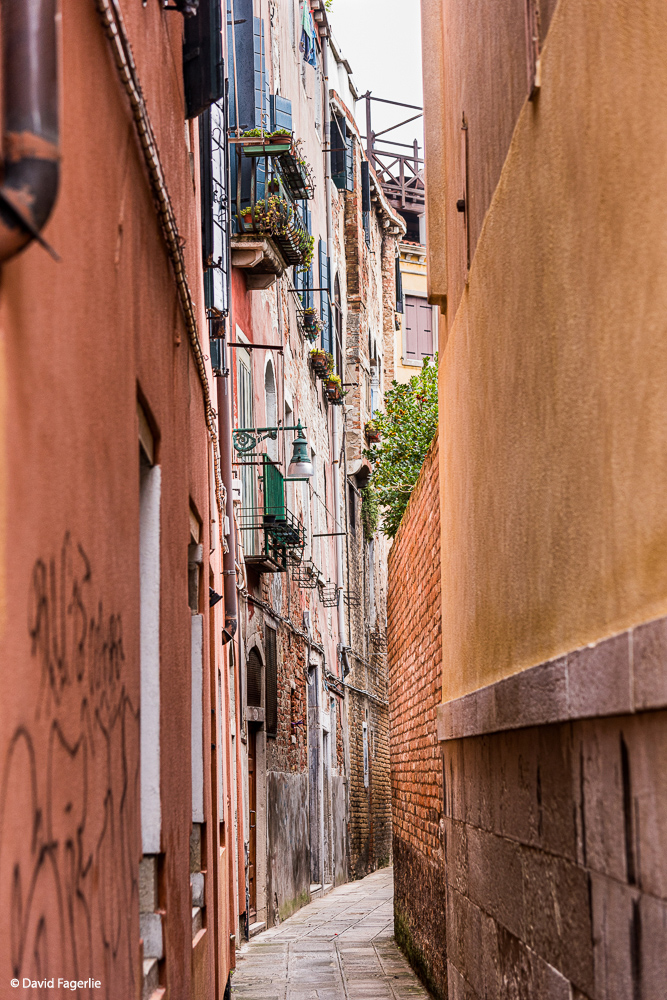
Piazza San Marco (San Marco Plaza) is a cultural center and the principal public square of the city. The piazza is quite large. It is lined with shops, a museum, the Doge’s Palace, Saint Mark’s Basilica, a clock tower, restaurants, access to the water and Saint Mark's Campanile, a bell tower, near the middle. The Saint Mark’s Clocktower, completed in 1499, arches over Merceria, a main walkway through the city.
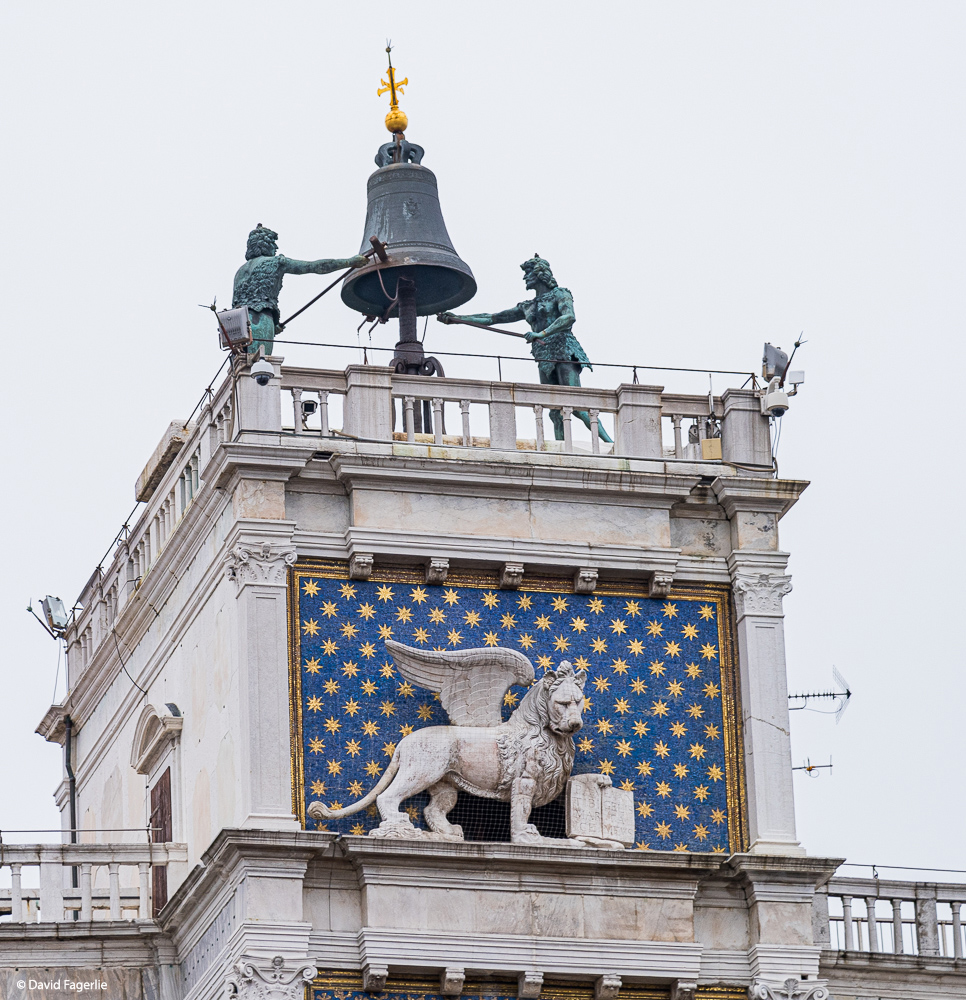
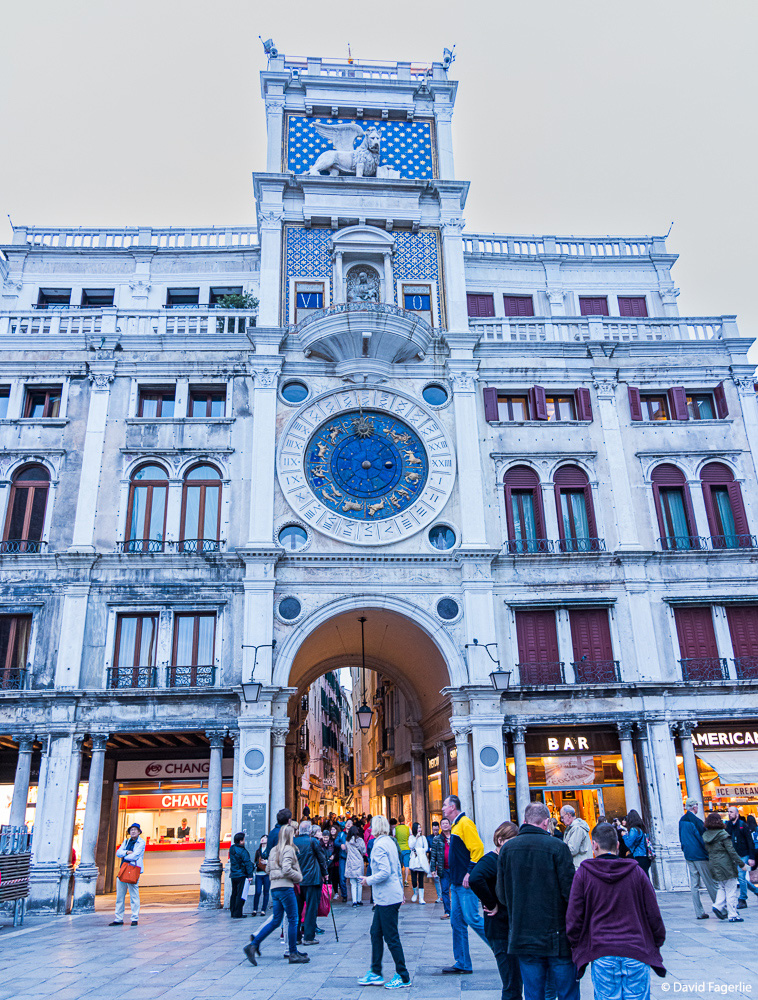
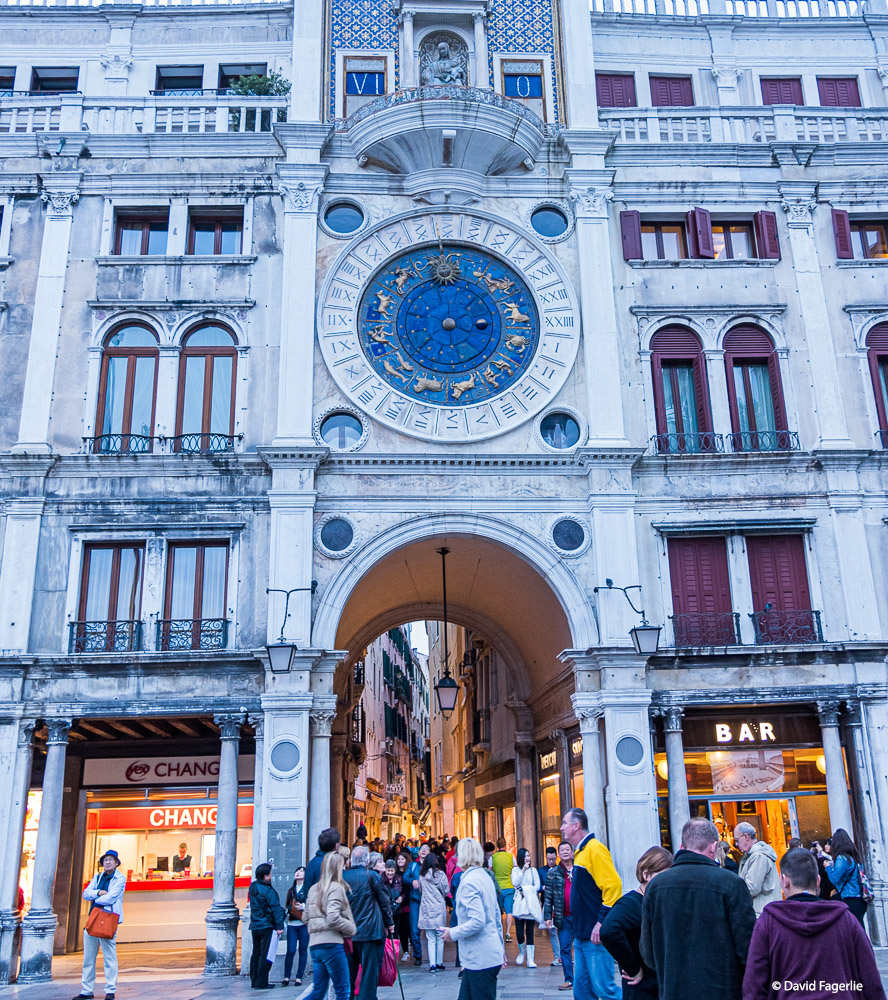
Basilica di San Marco (Saint Mark’s Basilica) is the seat of the Archdiocese of Venice. Attached to Doge’s Palace, it was built in the 11th century as the doge chapel until 1807 when it became the basilica only. Here is what the original “chapel” looked like followed by images present day of the basilica and the Campanile bell tower that was built sometime before year 939 but collapsed and was rebuilt 1902-1912.
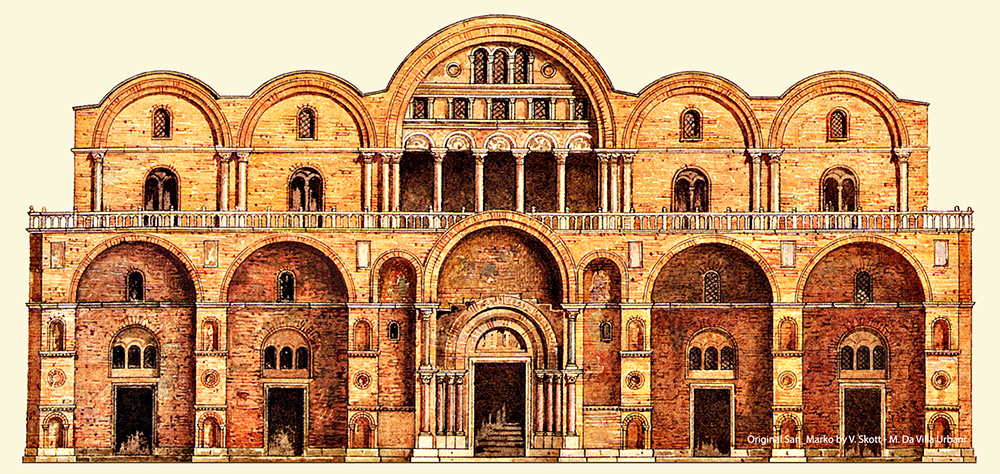
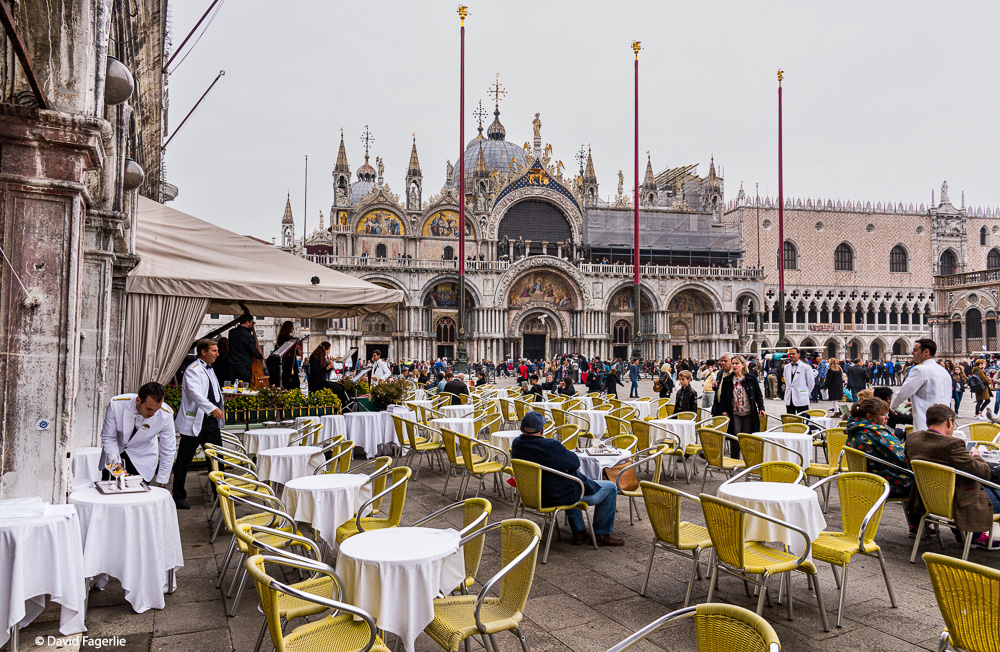
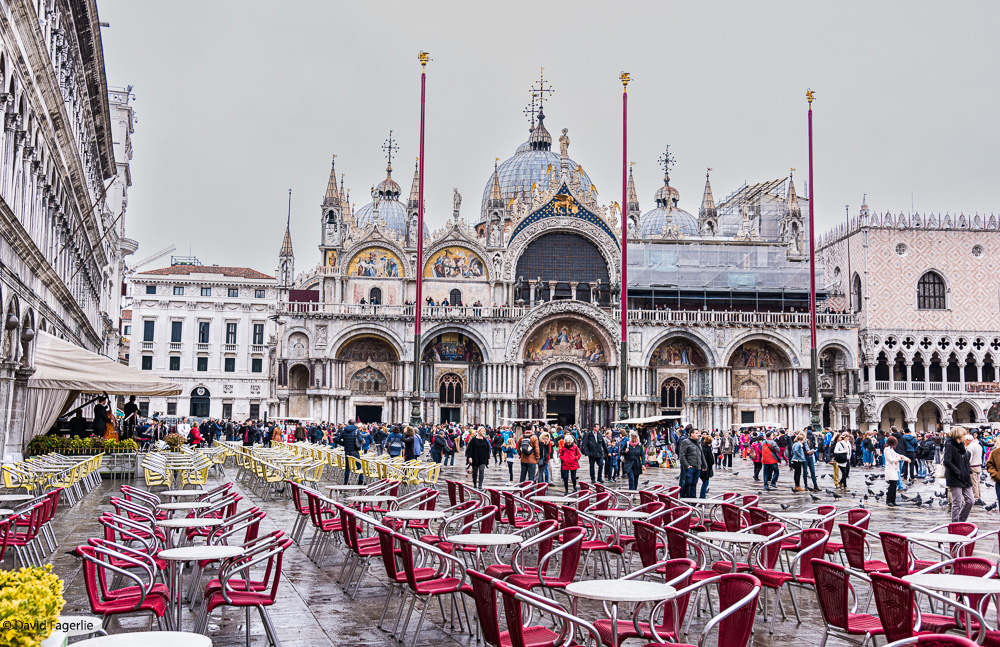

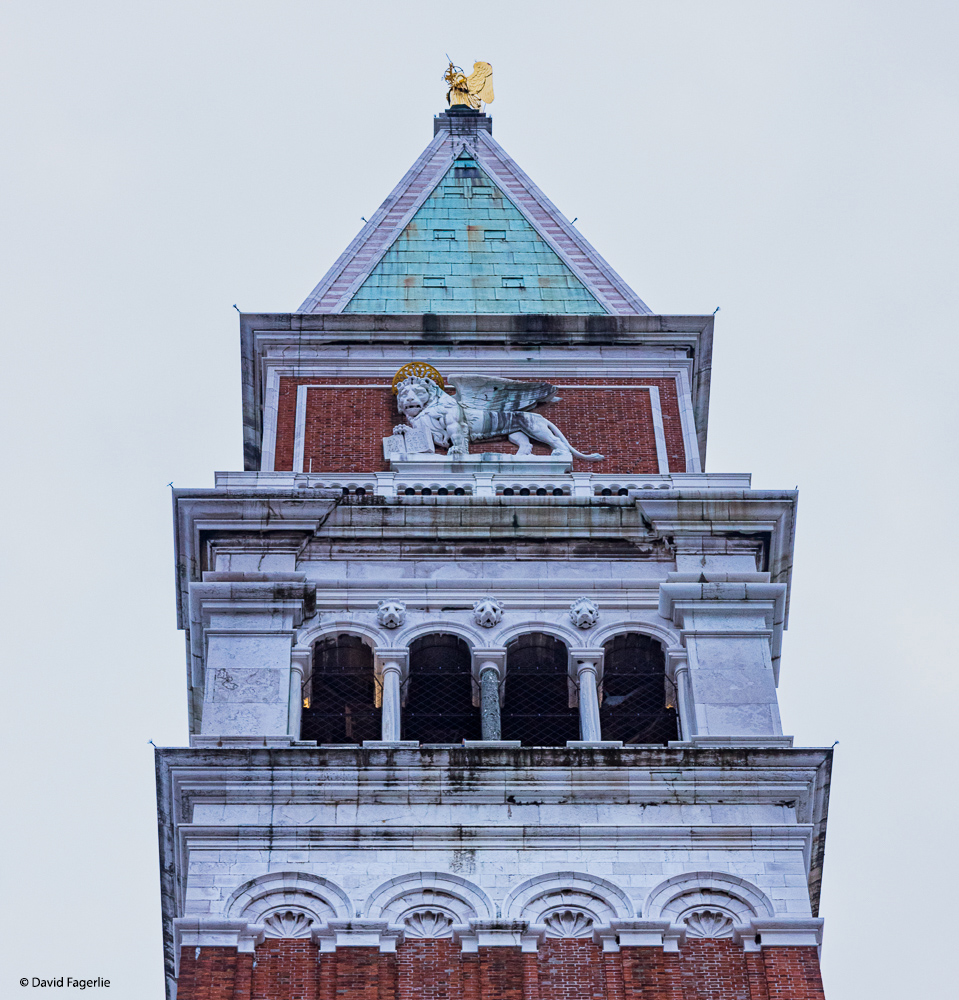
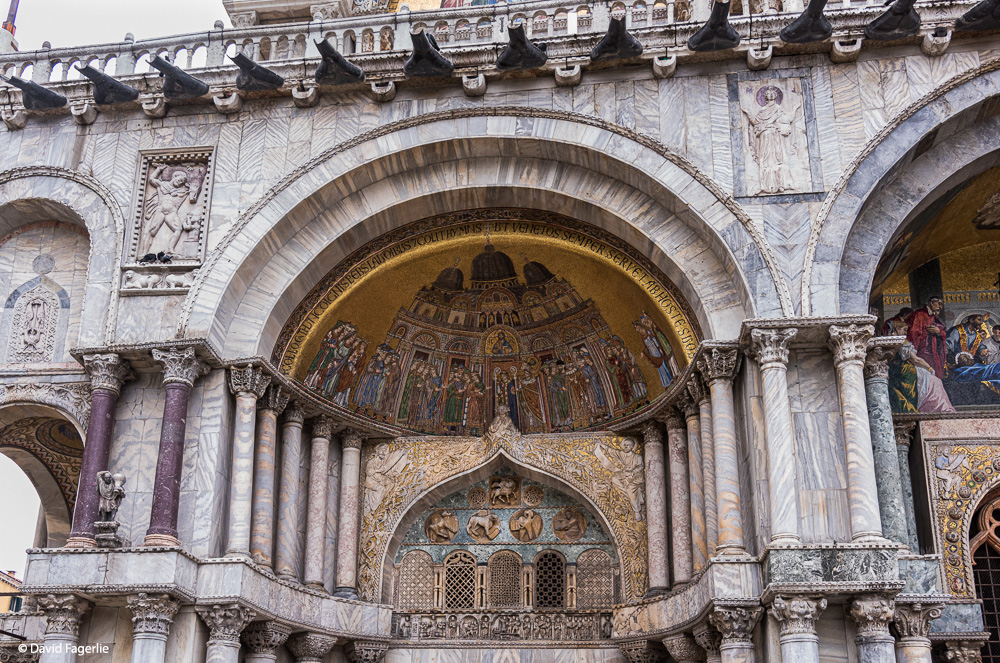
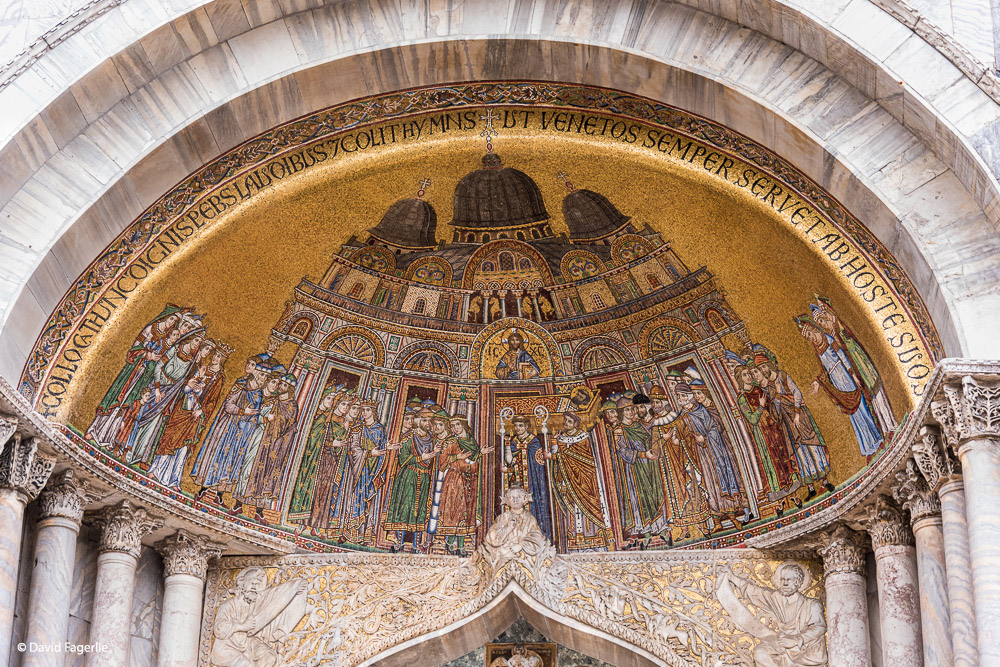
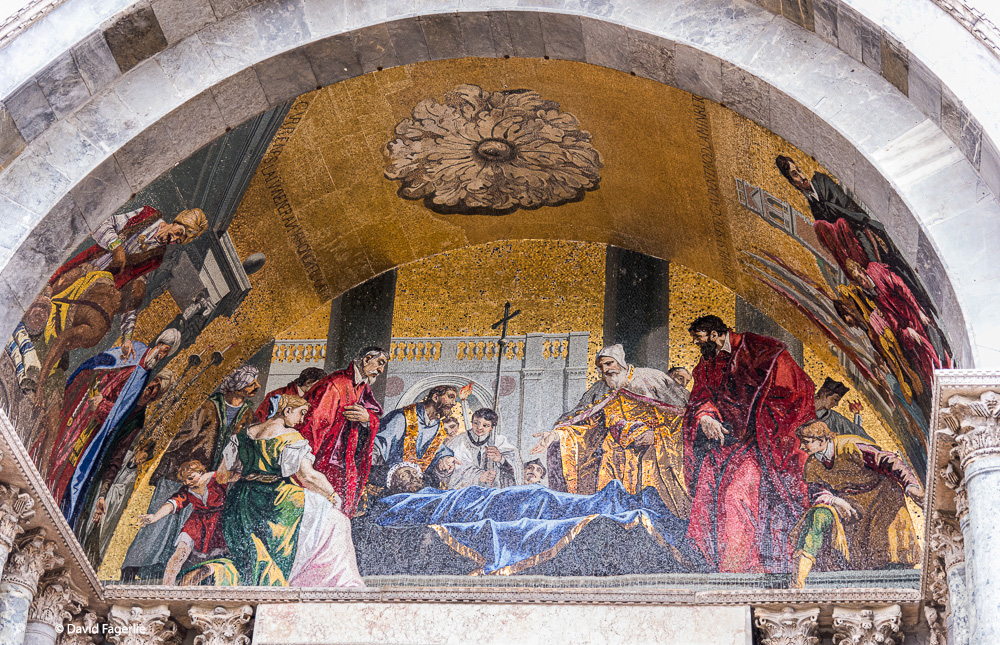
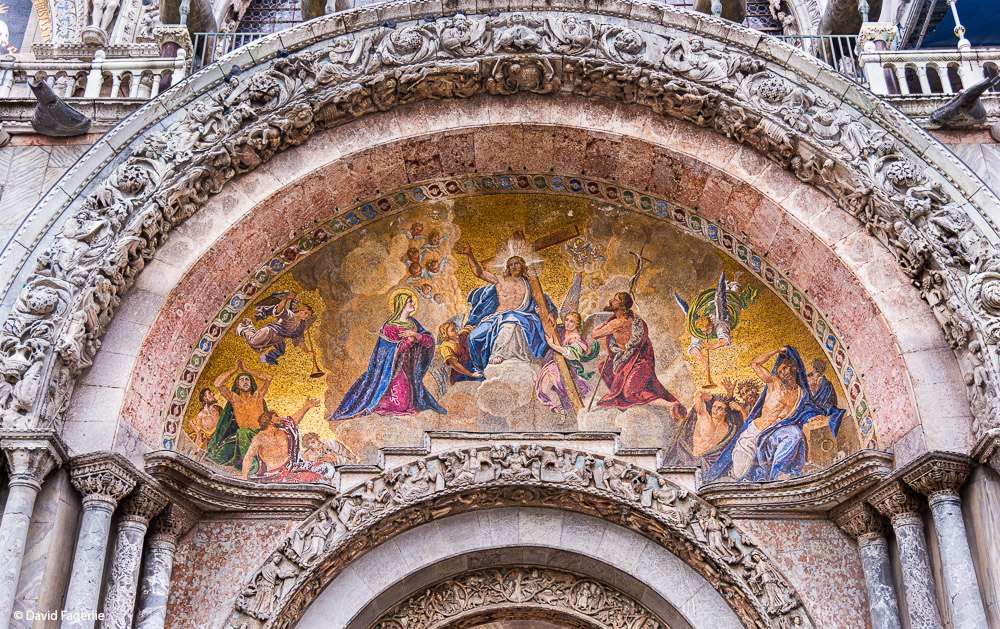
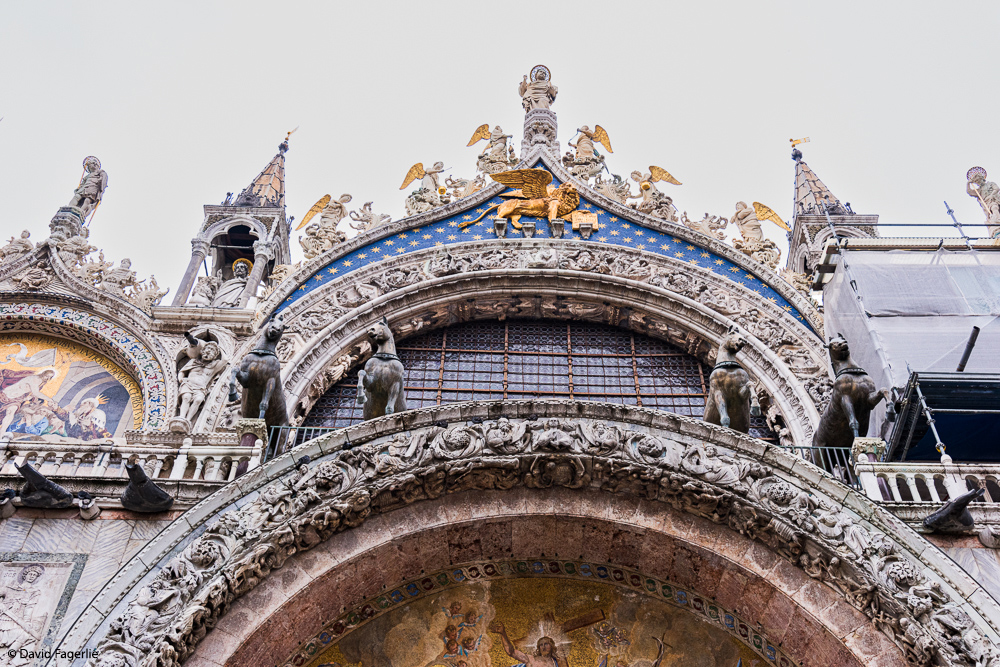
The Doge’s Palace in Venice was the residence of the doge, the supreme authority of the former Republic of Venice, a sovereign state and maritime republic that existed 697-1797 CE. It was built in the Venetian Gothic style in 1340 and it became a museum in 1923.
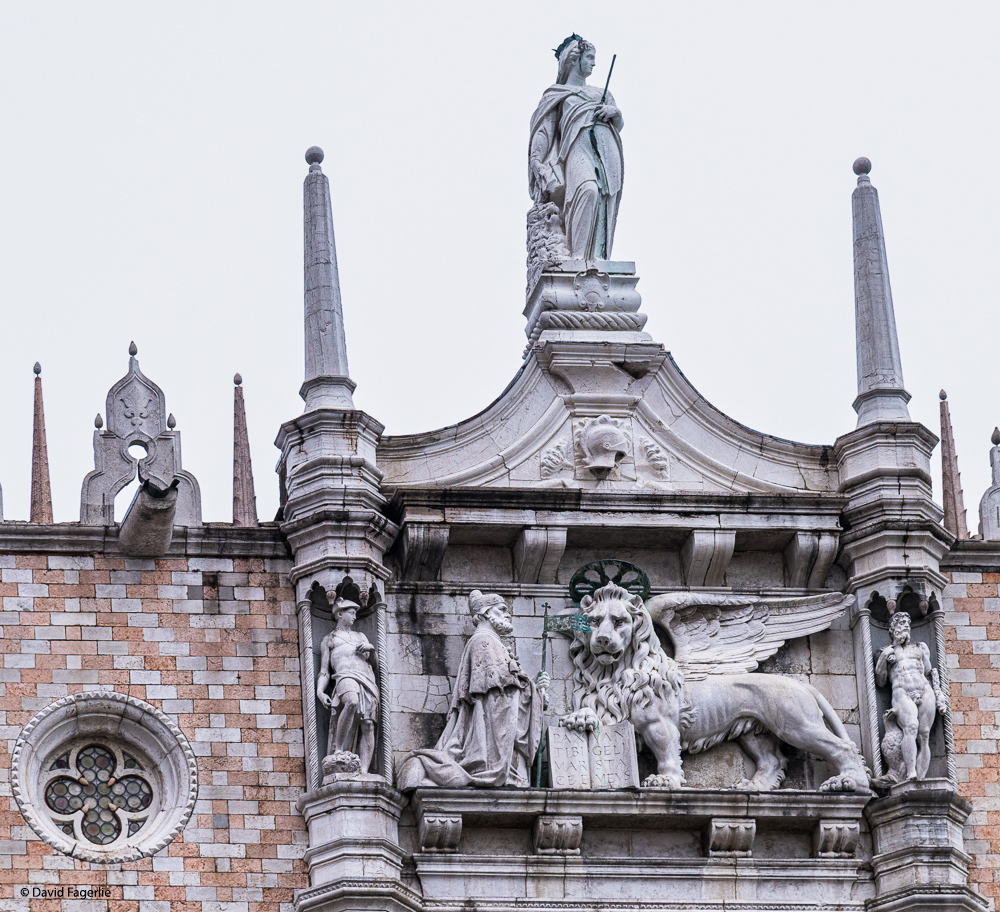
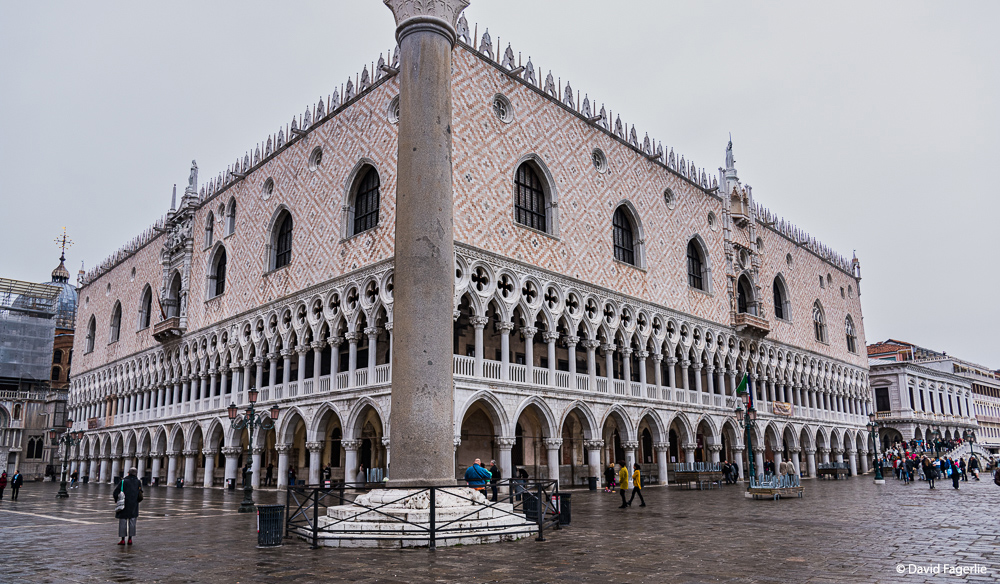

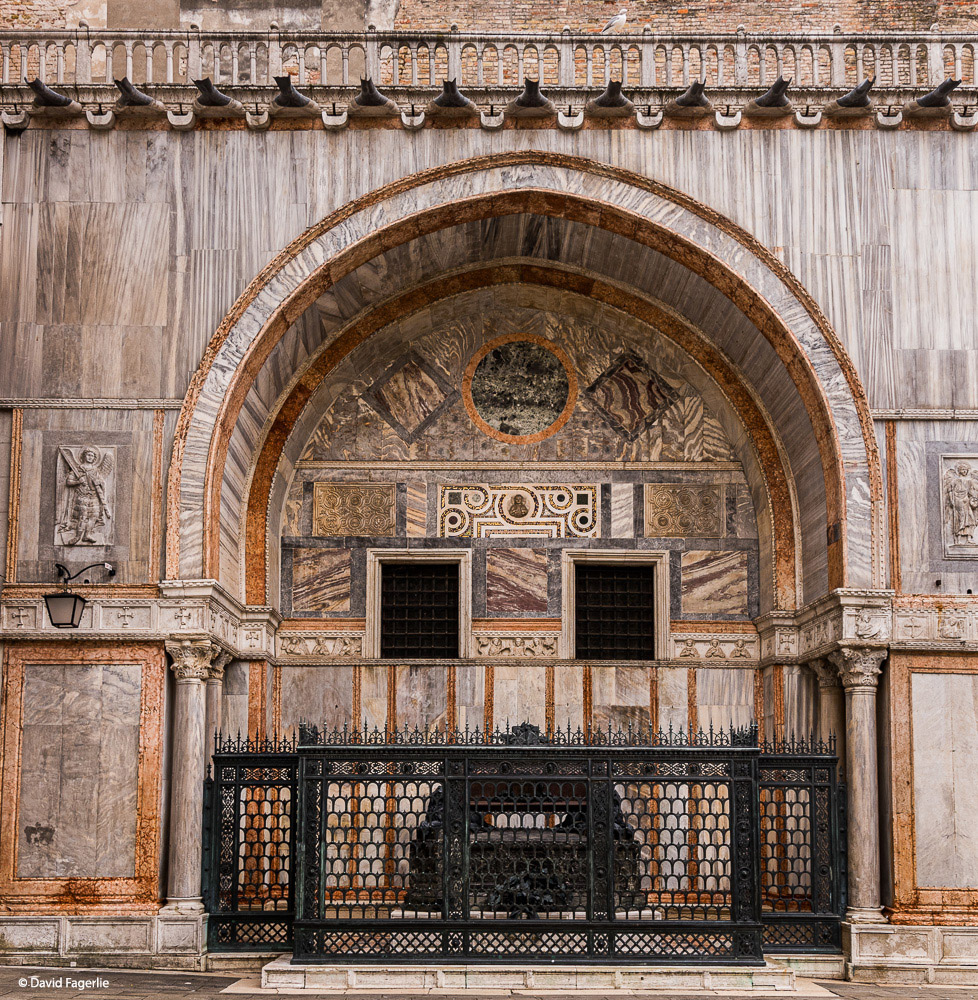
In the palace the Sala del Maggior Consiglio is the Hall of the Great Council, built 1340-1355 for the lower house of the Venetian Pariament. This room is huge (54 meters by 25 meters) because it had to accommodate as many as 1,800 citizens that were entitled to vote. “Tintoretto's Paradise fills the entire wall behind the seats of the Doge and the highest officials, its dimensions of 22 by seven meters ranking it as the world's largest oil-painting.” – Wikipedia
Leaders of the lower house sat on the bench along the wall and could have sat in judgement of those accused of crimes.
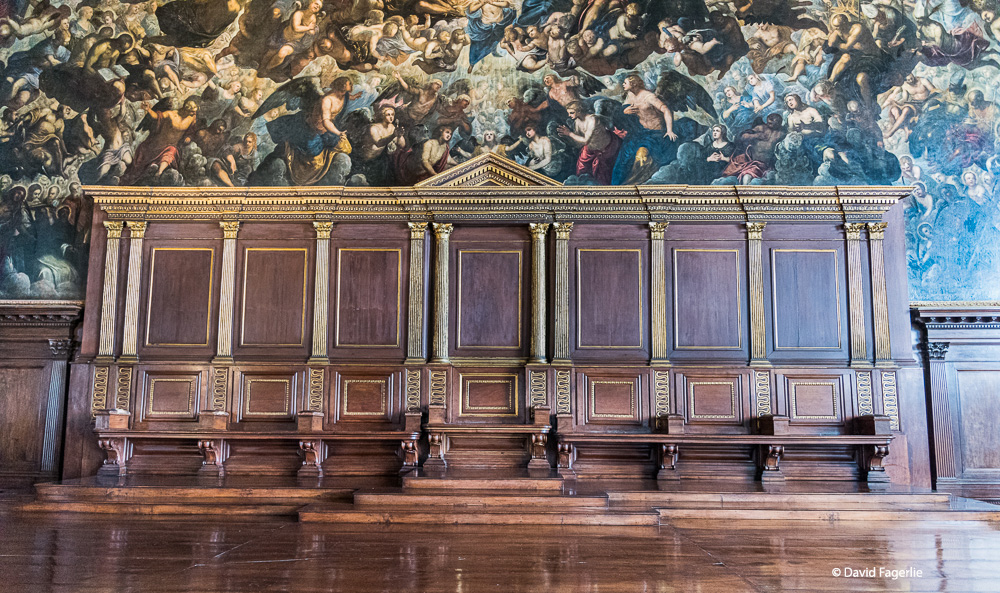
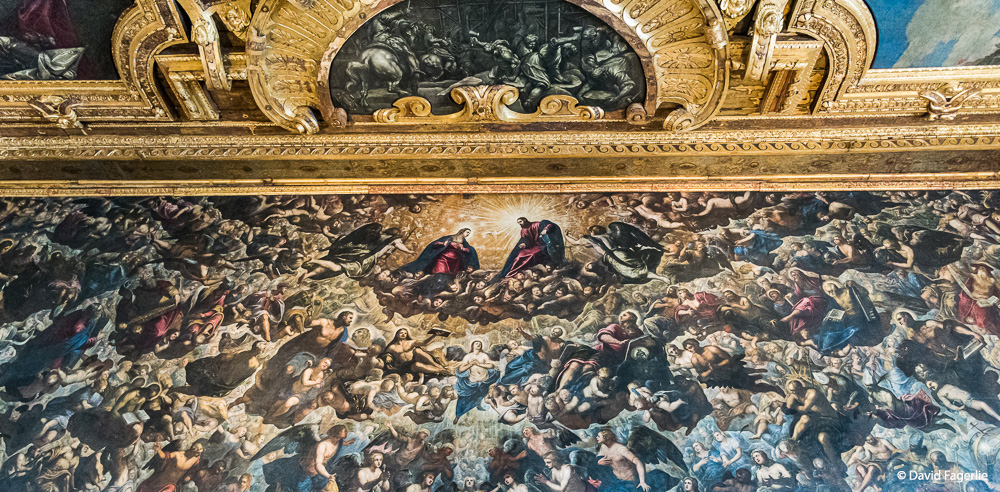
Convicted prisoners facing long incarceration or death walked from the court to Piombi Prison through the Bridge of Sighs.
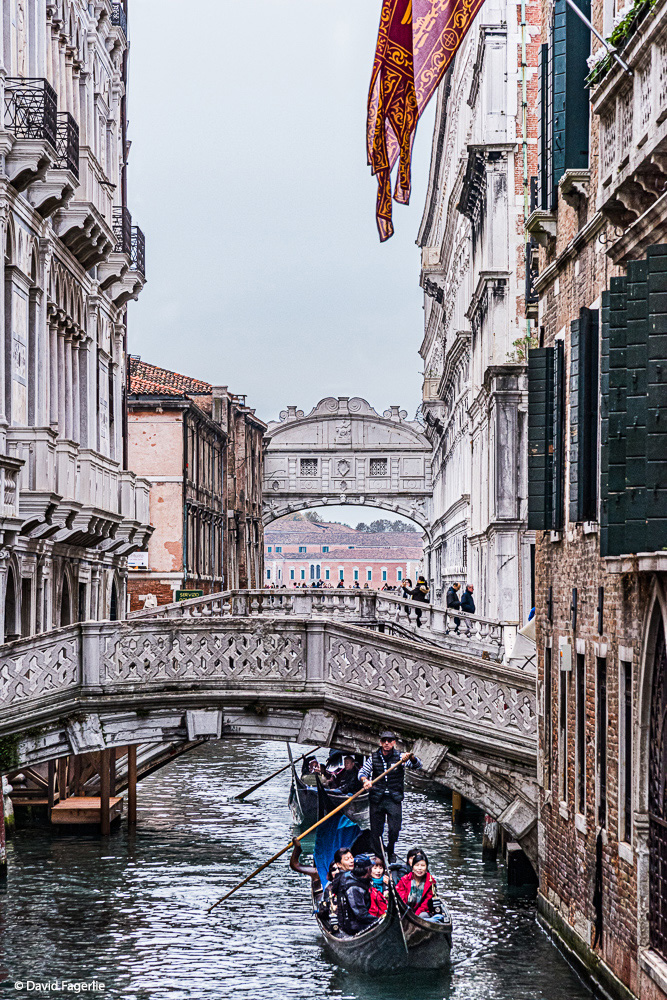
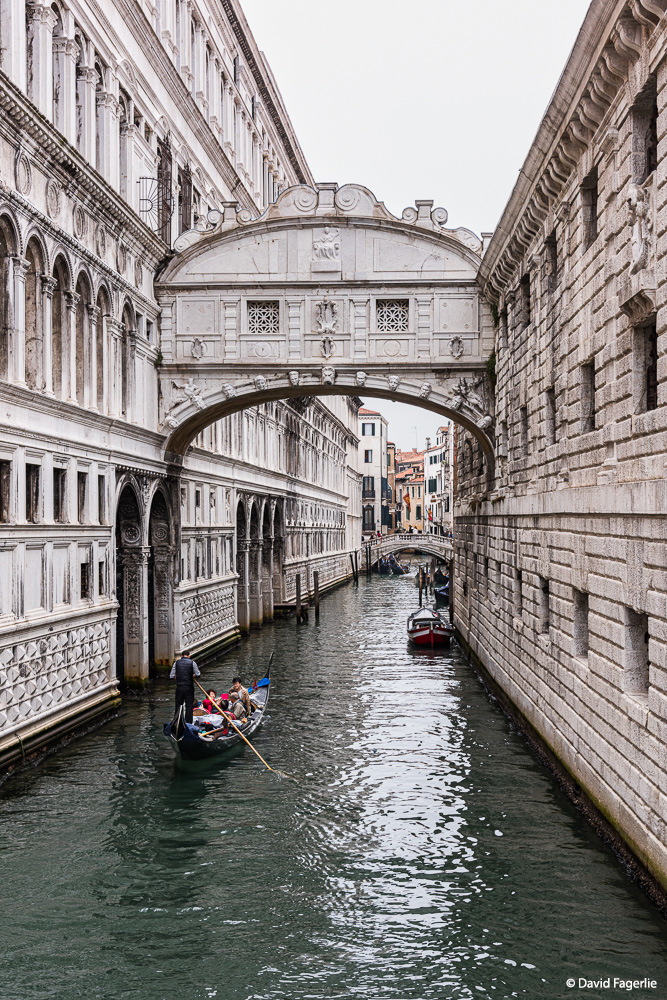
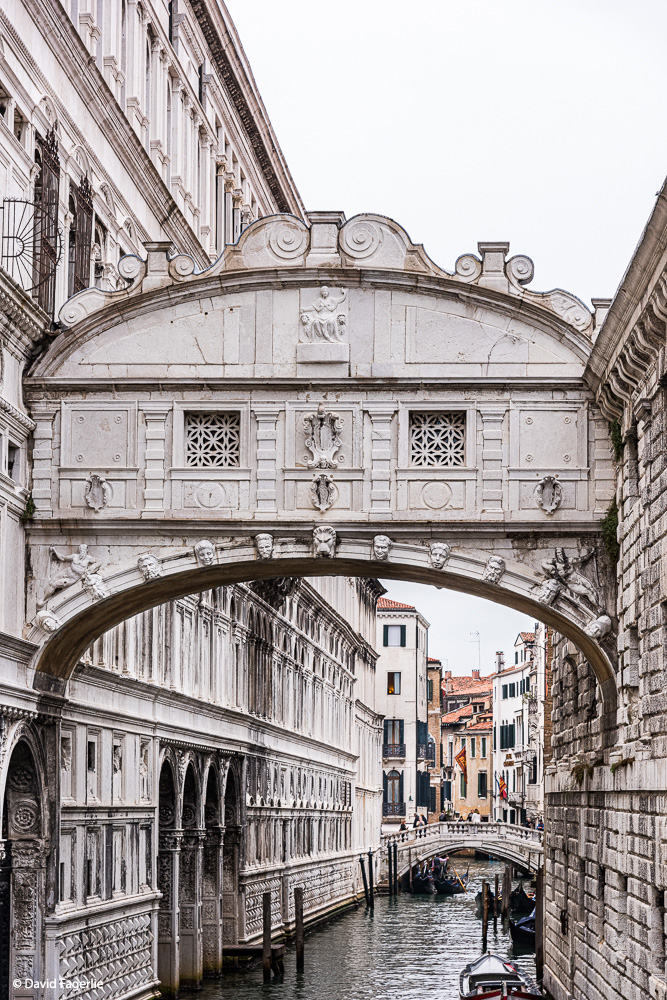
The name, Piombi Prison, “refers to its position directly under the roof of the palace, which was covered with slabs of lead. In winter, these slabs let the cold pass and they acted as a conductor in the summer heat, imposing harsh conditions for inmates.” – Wikipedia
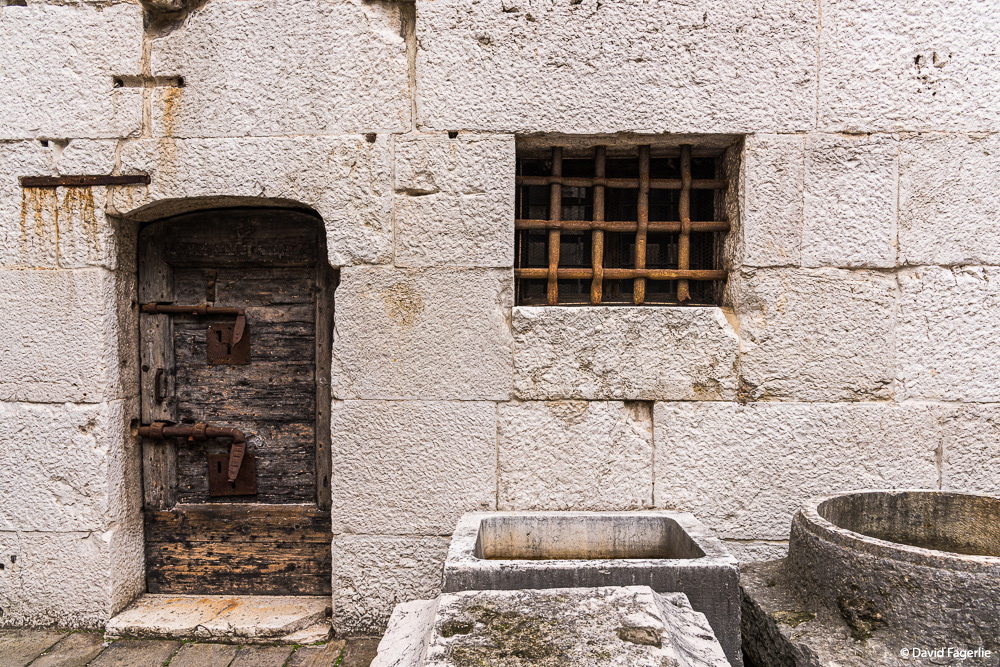
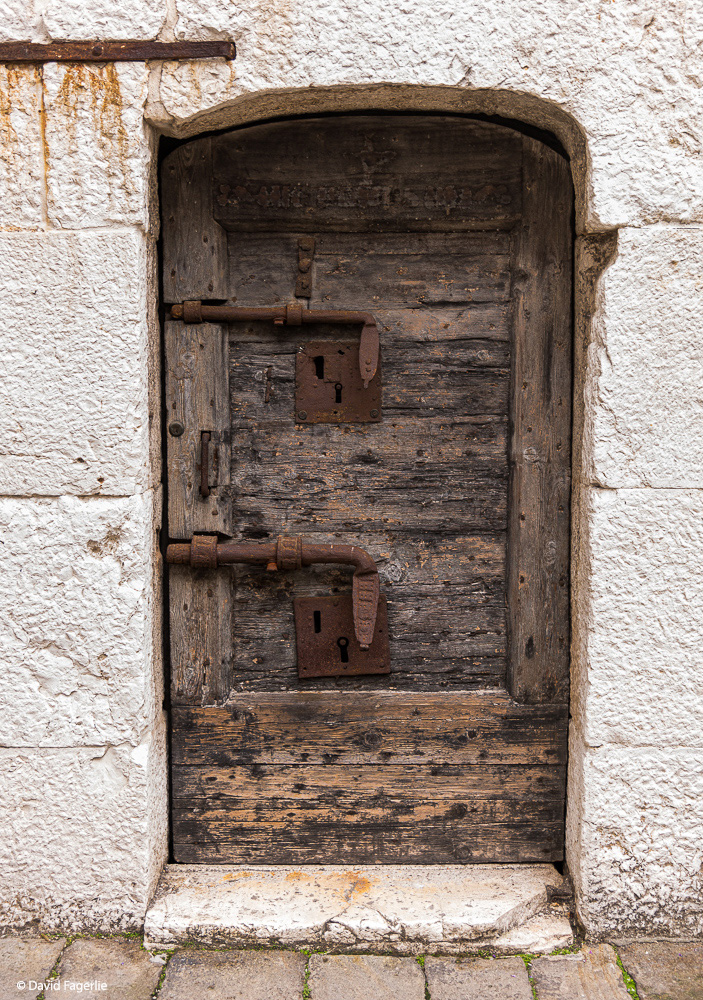
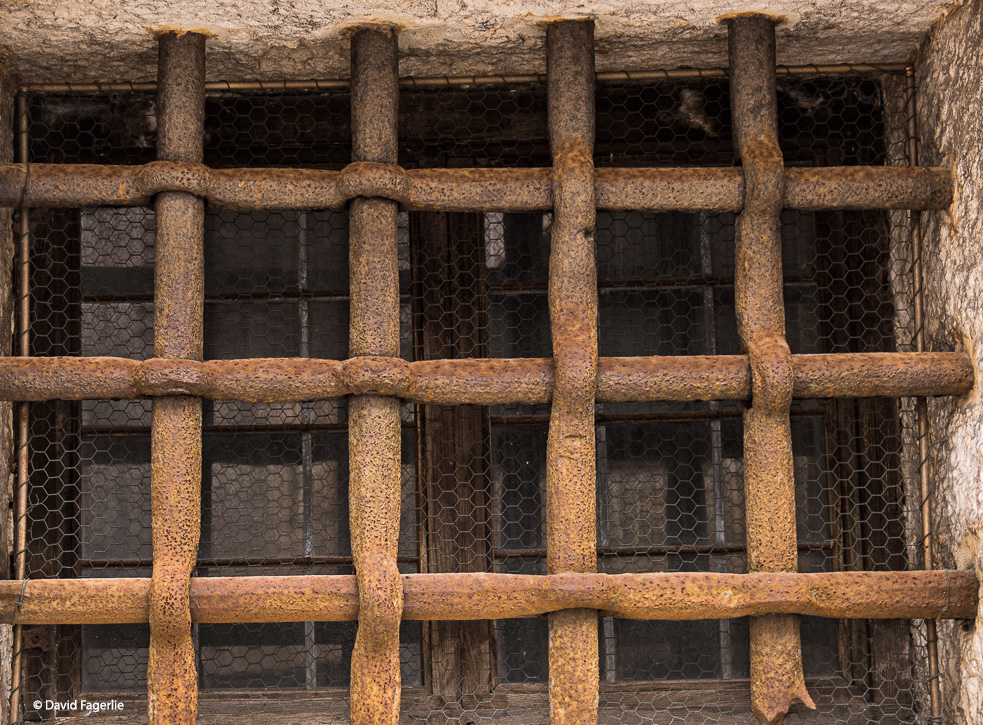
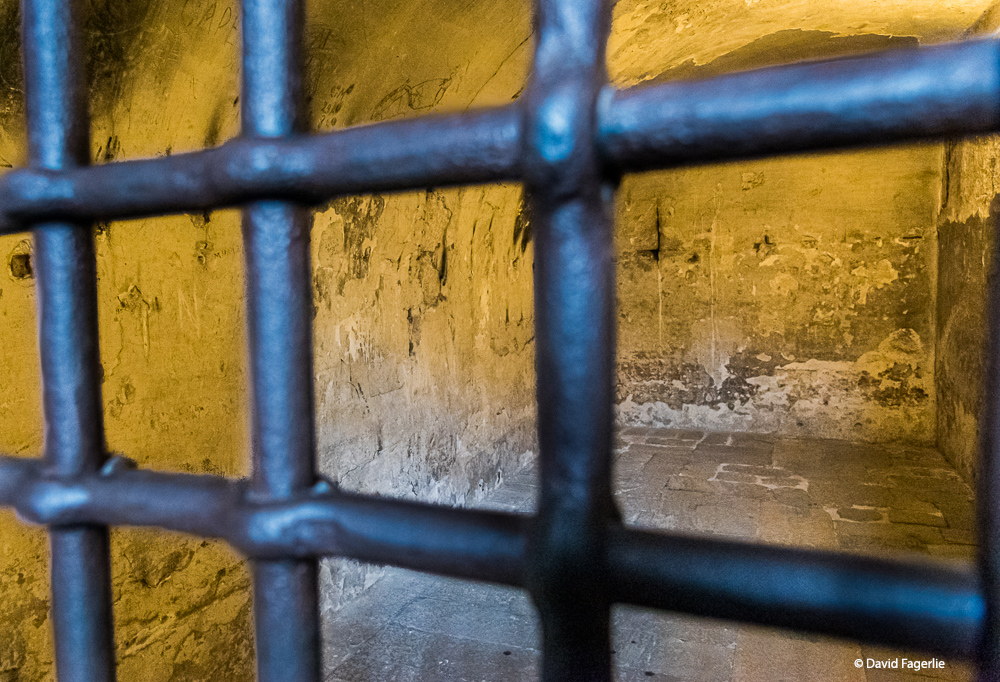
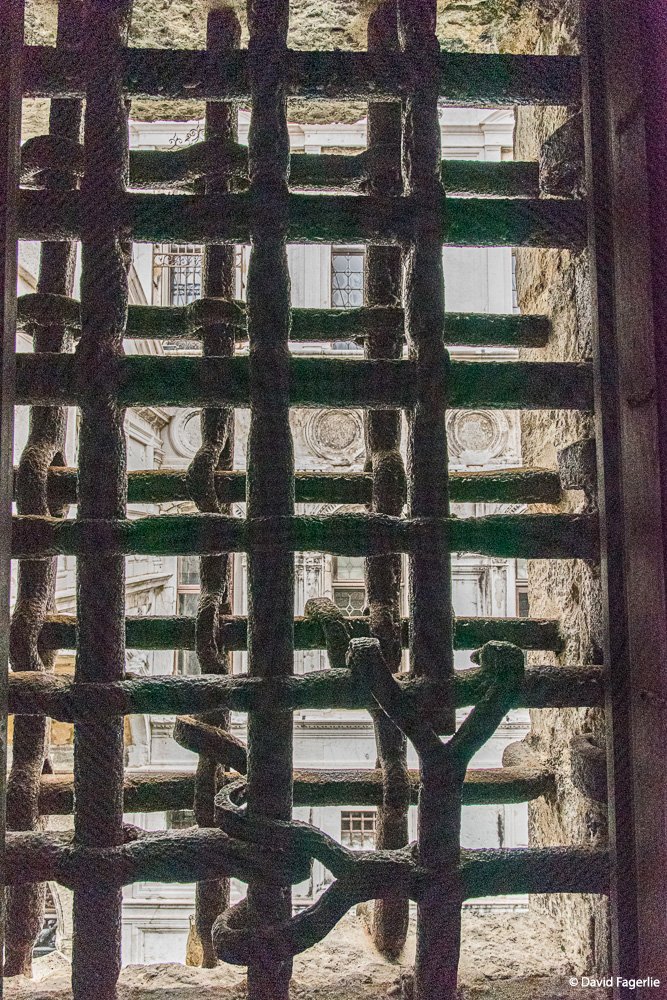
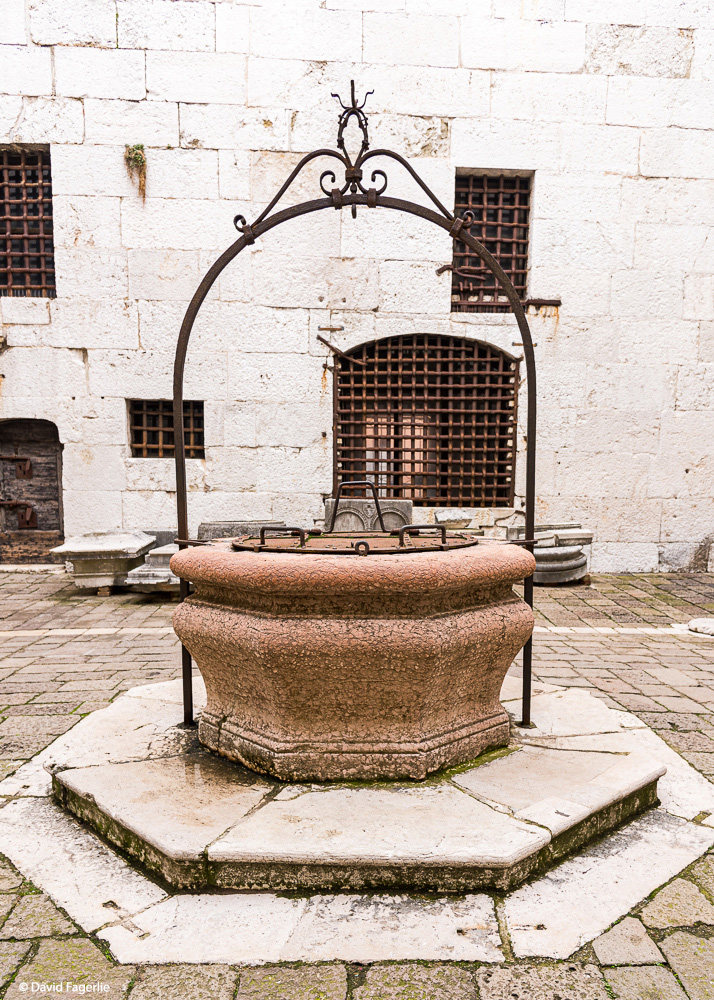
Cisterns are found throughout Venice and in their day provided fresh water to residents. Rainwater was channeled into sand filters and then into cisterns located in central squares where local residents could access clean water.
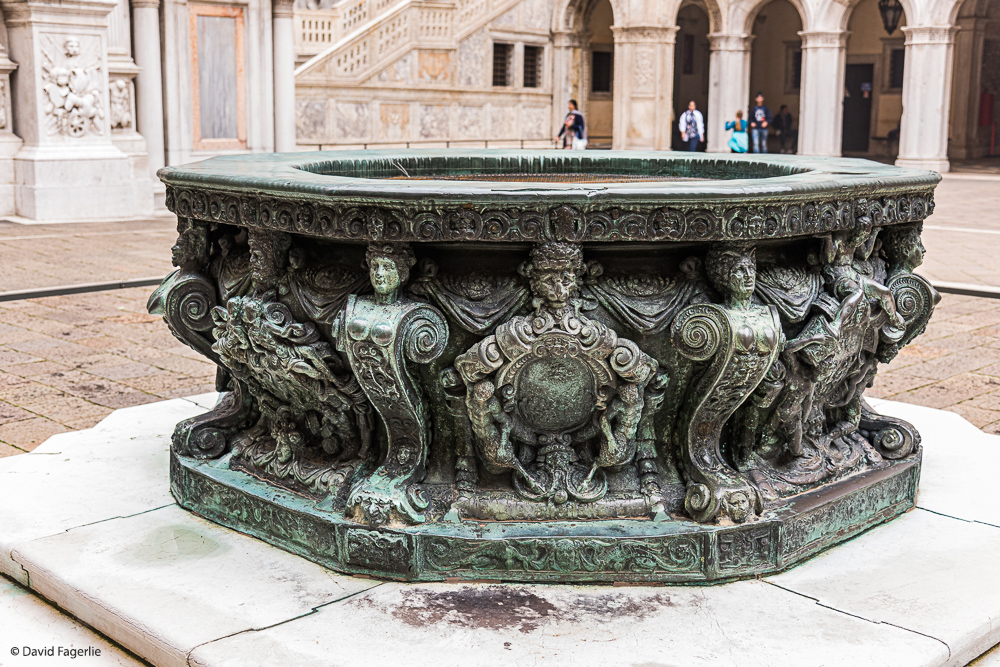
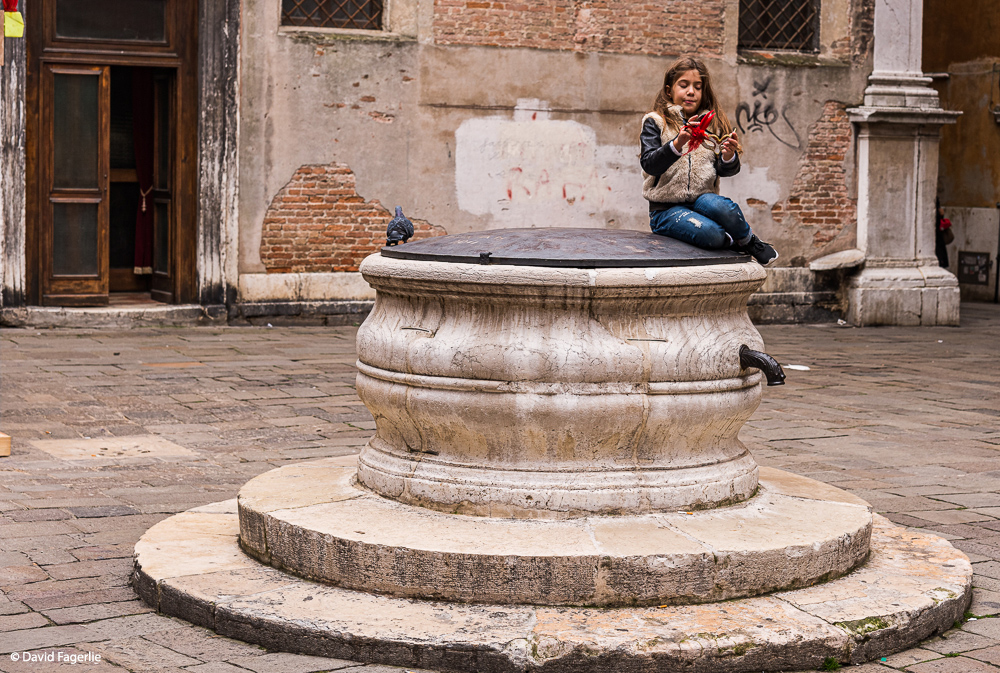
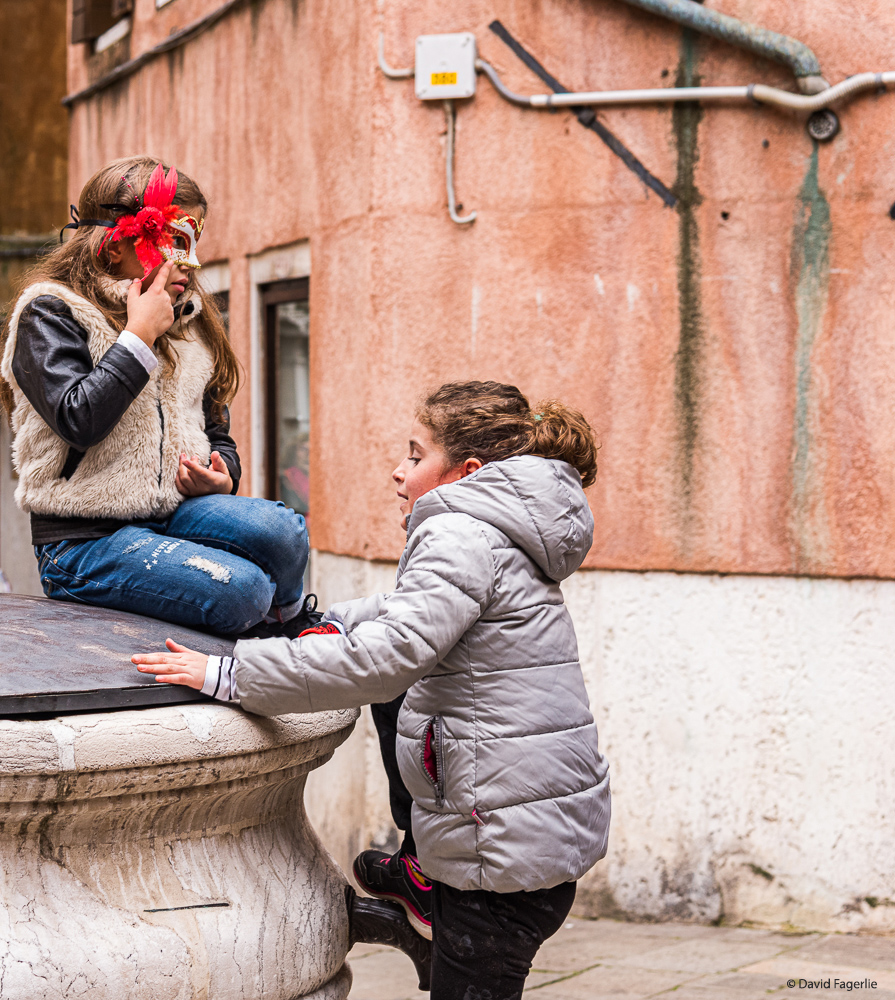

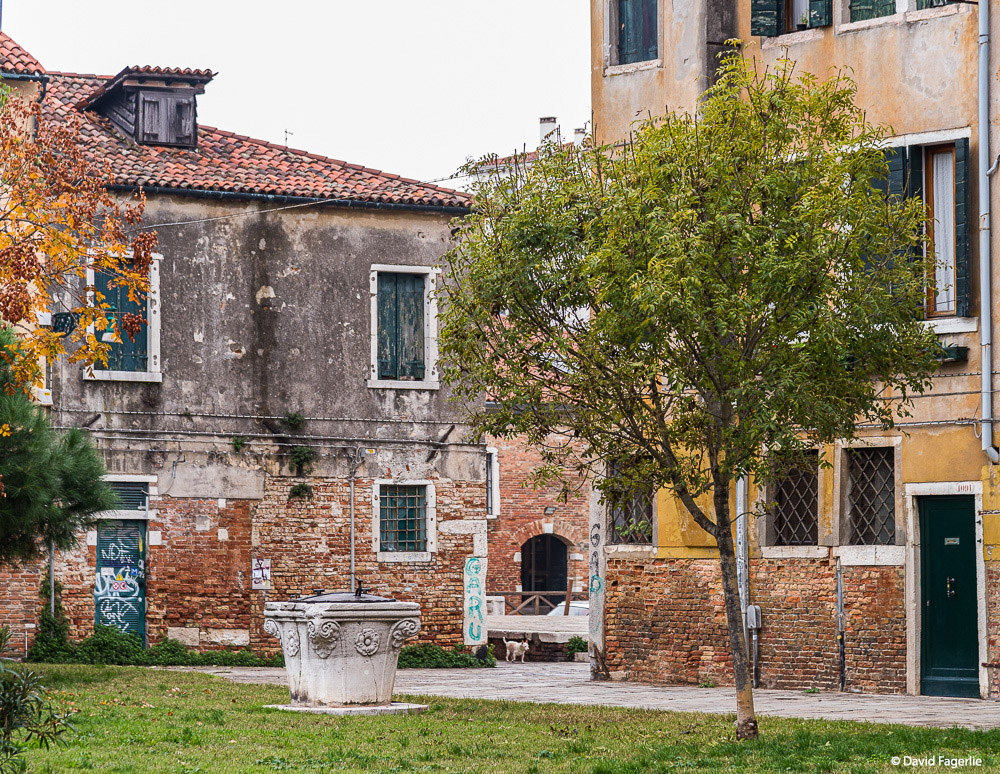
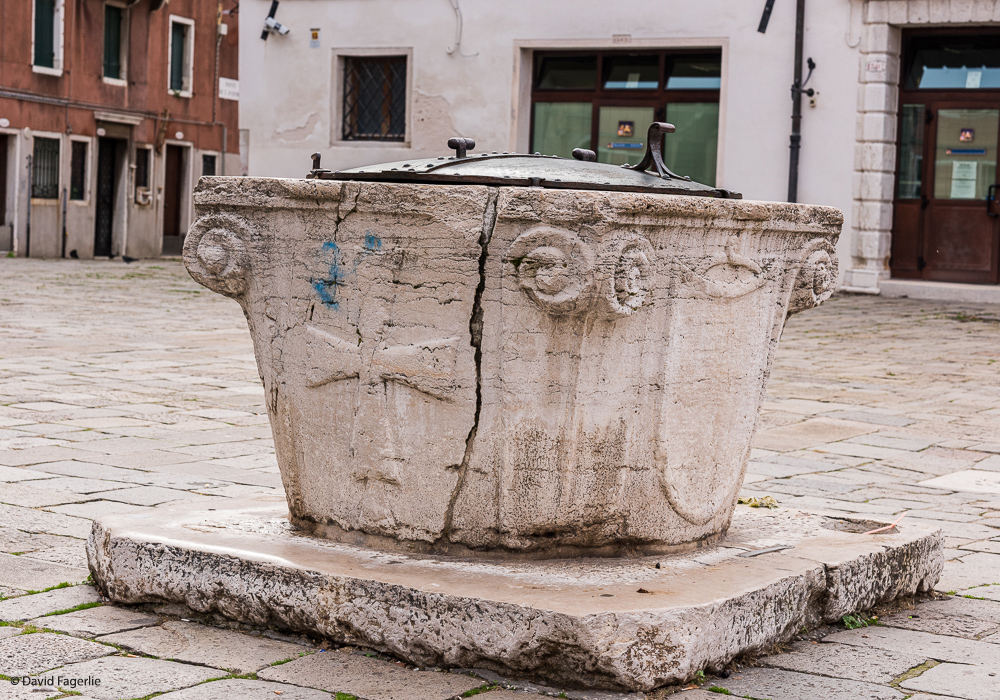
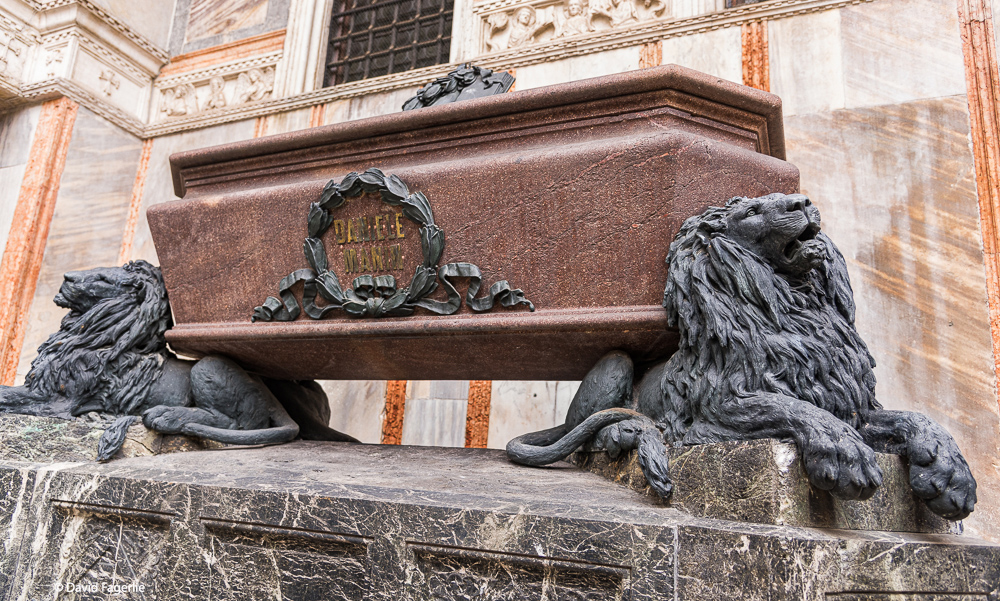
You can access higher resolution images of this chapter in Galleries directly by clicking HERE.
Next Monday we complete our tour of Venice with a visit to Peggy’s house.
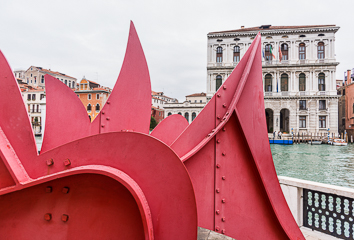
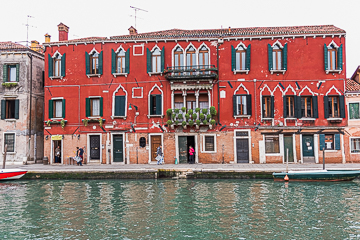
December 16, 2020
Chapter 15: Venice – Peggy
Venice is a city of art.